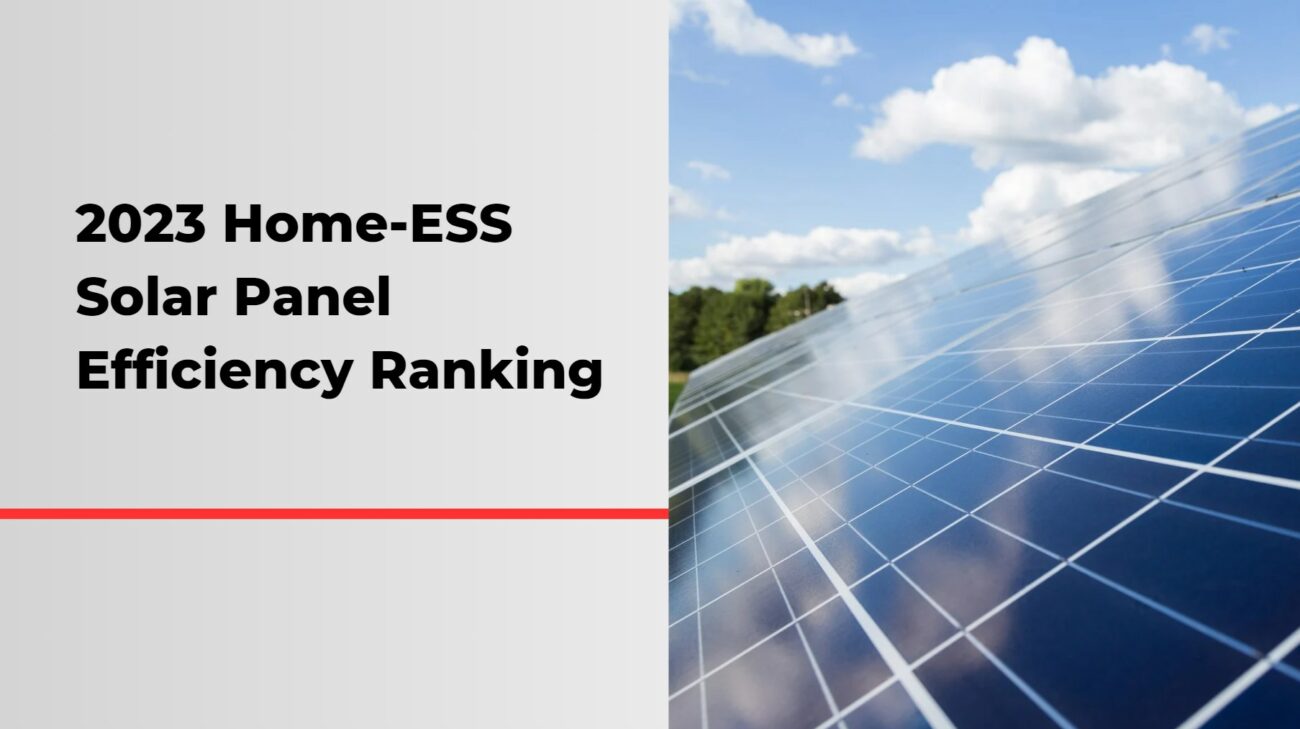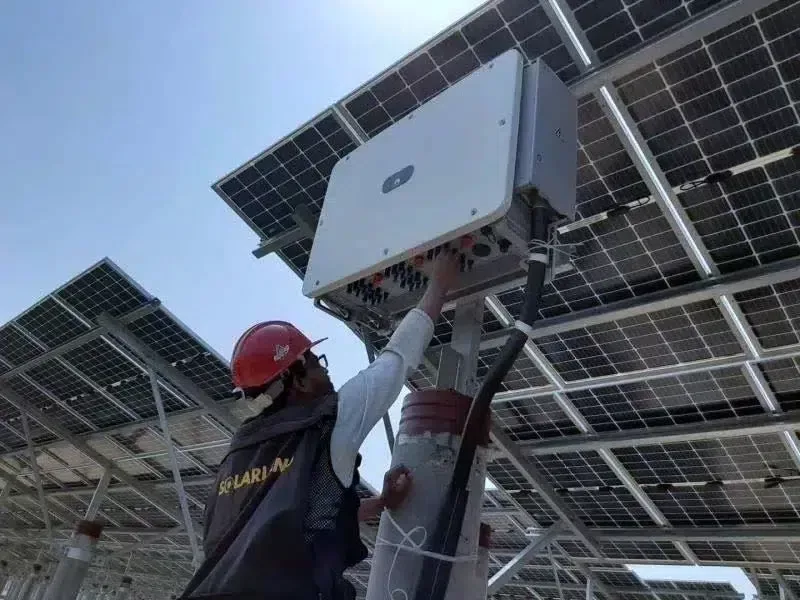Choosing the right size solar charge controller for your solar panels is crucial for optimizing energy capture and protecting your battery system. A properly sized controller ensures efficient charging, prolongs battery life, and enhances overall system performance.
What is a solar charge controller and why is it needed?
A solar charge controller regulates the voltage and current coming from solar panels to batteries. It prevents overcharging and deep discharging, ensuring that batteries are charged efficiently while prolonging their lifespan. Without a charge controller, batteries can be damaged by excessive voltage or drained too deeply.
| Charge Controller Functions | Description |
|---|---|
| Voltage Regulation | Maintains safe voltage levels during charging. |
| Overcharge Prevention | Stops excessive charging to protect battery health. |
| Battery Protection | Prevents deep discharge that can damage batteries. |
How do you determine the right size for a solar charge controller?
To determine the appropriate size for a solar charge controller, consider the following steps:
- Calculate Total Solar Panel Output: Sum up the wattage of all connected panels.
- Determine System Voltage: Identify whether your system operates at 12V, 24V, or another voltage.
- Calculate Maximum Current: Use the formula Current A =Total WattageSystem Voltage.
- Choose a Controller with Higher Rating: Select a controller rated for at least 20% more than your calculated maximum current to account for surges.
| Sizing Steps | Description |
|---|---|
| Calculate Total Output | Sum wattage of all panels connected. |
| Determine System Voltage | Identify operating voltage (12V, 24V, etc.). |
| Calculate Maximum Current | Use formula to find current based on wattage and voltage. |
| Select Higher Rating | Choose a controller rated 20% higher than calculated current. |
What are the two main types of solar charge controllers?
The two main types of solar charge controllers are:
- PWM (Pulse Width Modulation): These controllers are simpler and less expensive but less efficient than MPPT controllers. They work by rapidly switching on and off to maintain battery voltage.
- MPPT (Maximum Power Point Tracking): These controllers are more efficient, allowing for greater energy capture by adjusting their input to maximize power output from the panels.
| Type of Controller | Description |
|---|---|
| PWM | Cost-effective, suitable for small systems; less efficient. |
| MPPT | More expensive but maximizes energy capture; ideal for larger systems. |
Why is efficiency important in selecting a charge controller?
Efficiency in a solar charge controller directly impacts how much energy is captured from solar panels and stored in batteries. Higher efficiency means less energy loss during conversion, leading to better overall performance of your solar power system.
| Efficiency Importance | Description |
|---|---|
| Energy Capture | Higher efficiency maximizes energy harvested from panels. |
| Reduced Loss | Efficient controllers minimize energy loss during charging. |
What factors should you consider when sizing a charge controller?
When sizing a solar charge controller, consider these factors:
- Total Panel Wattage: Ensure that the total wattage does not exceed the maximum input rating of the controller.
- Battery Voltage: Match the voltage rating of the controller with that of your battery bank.
- Future Expansion: If you plan to add more panels in the future, choose a larger capacity controller.
- Environmental Conditions: Consider local temperature ranges as they can affect performance.
| Sizing Considerations | Description |
|---|---|
| Total Panel Wattage | Ensure it matches or is below maximum input rating. |
| Battery Voltage | Match with battery bank voltage for compatibility. |
| Future Expansion | Plan for potential future increases in capacity. |
| Environmental Conditions | Account for temperature effects on performance. |
Buy Wholesale Battery Tips
For businesses looking to purchase wholesale lithium or lead-acid batteries, Redway Battery is an excellent choice due to its extensive experience in OEM orders and custom solutions. To make OEM orders from a reliable manufacturer like Redway Battery:
- Identify your specific requirements (capacity, voltage).
- Contact Redway’s sales team with your specifications.
- Review their proposed solutions and pricing.
- Approve samples before mass production begins.
Industrial News
The demand for efficient energy storage solutions continues to rise as consumers increasingly adopt renewable energy technologies like solar power systems with advanced charging capabilities. Recent innovations in battery technology and smart controllers are enhancing overall system performance and reliability.
Redway Expert Views
“Selecting the right size solar charge controller is critical for maximizing your system’s efficiency,” states an expert at Redway Battery. “Proper sizing not only protects your investment but also ensures optimal energy production.”












